SEC | S20W2: How to cultivate a paddy"
Hello friends and family how are you doing I am good, today I am here to participate in another exciting challenge that is really important to be discuss as the paddy field are the main field in Punjab and we loved it.
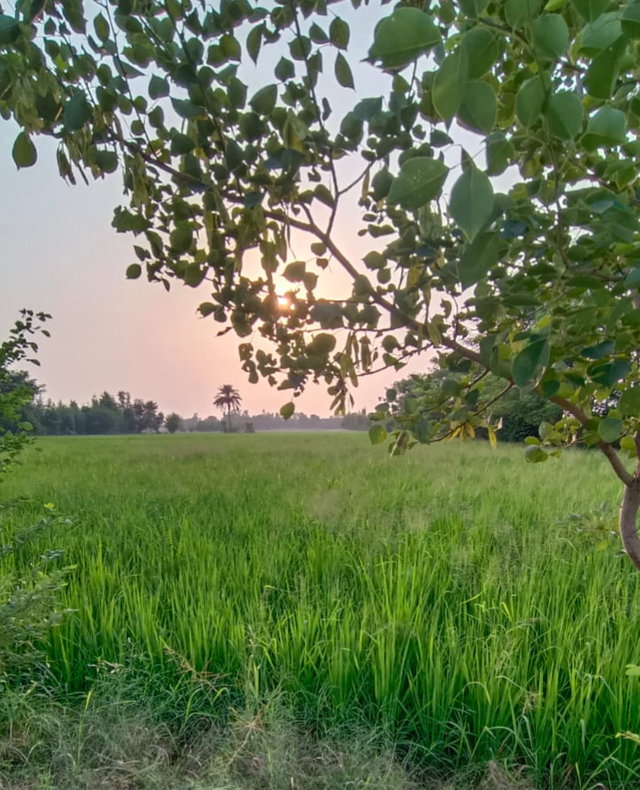
1: What is the method of rice seedbed preparation and what steps are taken in preparing the soil for rice cultivation.
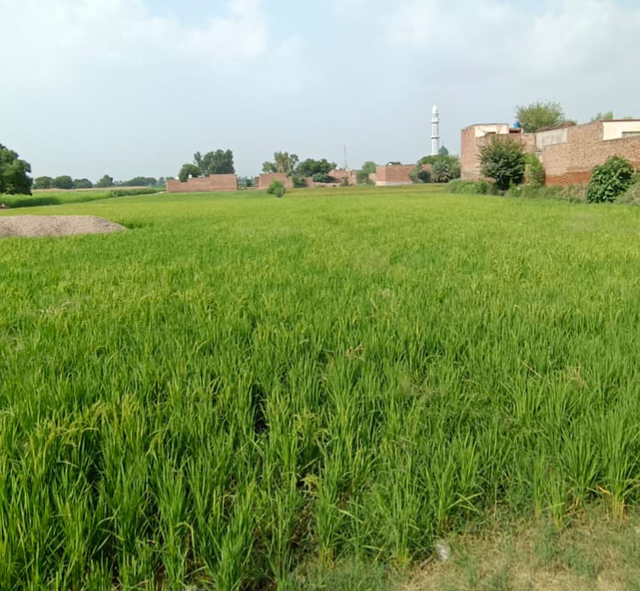 | 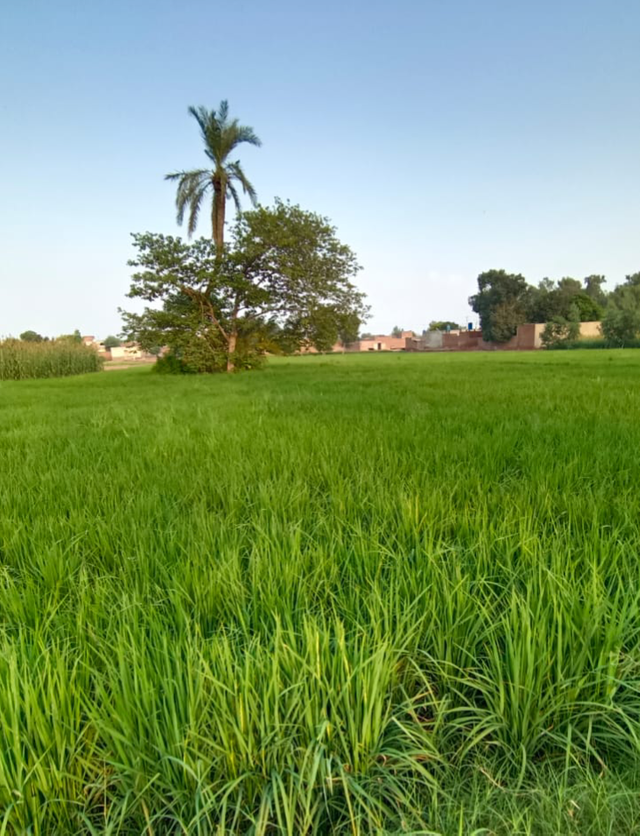 |
|---|
Our peddy crop Masha Allah grow well
Rice is main crop in central punjab as its fertile land and don't have irrigation issues therefore rice are being cultivated and famous in area due to its aroma and taste.

View of our peddy fields
Although peddy fields required more budget and time to get very high yeild. I will discuss the steps which are needed to rice bed preparation.
Step 1: How to prepare land
The soil preparation seems one of the major step as to grow good nursery of rice shift further, therefore ploughing indeed great importance keeping depth of 20-25 cm loose so that it remain well aerated.
Soil softness is particularly important all the clods are broken to fine soil is being ready for rice nursery.
The other thing is the leveling of soil so that water supply should remain equal to whole nursery.
Pulverization or grinding of the soil
Hence certain weeds herbs are sometimes present in the soil which become hinders to growth of nursey, there rotavator is being used in hard soil to broken larger piece's of soil into fine and kills the herbs or weeds.
*Finally the soil smoothness is finished sometimes traditional farmers used wooden rake for the smoothness of soil at small scale.
Water supply
Here is step for water application for seedbed and also to get muddy soil as it allowed water for soil soaking and made it softer.
Firming for seedbed
Hence its ensure the soil should firm and eveness is needed. Furthmore natural fertilizer are additional which obviously increase the nursery growth and disease management practice is also effective if there is any herbicide or weed growth at early stage.
2:What is the importance of planting rice seeds at the right time?
As its clear to understand crop should be cultivated at right time for getting maximum yields.
Why its crucial?
Hence seeds required optimal temperature for germination and further growth because seeds need certain amount of temperature and water contents in order to proliferate well if we delay it definitely few seeds will be germinate while other will be dead.
Every seed has its specific time of germination and the seeds are able to defend themselves very well from the weeds and the other pathogens and they will acquire best water contents and the nutrient from the soil and shows better growth as compared to getting delay.
The rice crop will cultivated at right time then seed should be able to grow and take good benefits of favourable environmental conditions and their yield and overall production would be improved.
As we know that every crop has danger of certain pathogens and herbicides and timely growth and germination would be very helpful to avoid such problems and also we can save money.
For the more good performance of crop, the timely cultivated would be able to absorb of much water contents and their would be less cost on the efficient irrigation system and there would be less chances of water stress situations.
So, it can be summarized as follow.
Rice cultivated at the time there would be high yield production and improve grains.
There would be less danger of herbs, weeds and pathogens.
Rice crop can used water more efficiently and able to defend themselves from the environmentals conditions such as drought or flooding.
Overall it would be high yield production for the farmers.
3: How is regular irrigation and fertilizer applied after sowing rice seeds?
Aa the rice crops required higher amount of water bases on soil types therefore regular irrigation is important.
When should irrigate first
The farmer should know that rice seeds required the level of water would be around 5 to 10 cm and the initial irrigation is done within 24 hours of cultivations.
First 2 to 3 weeks are very important and consistent water level should be maintained in paddy fields and it should not be dried out but then gradually it can be shifted towards 2 to 3 times irrigation depending on environment conditions.
The rice fields are mostly cultivated in summers and the temperature is bit high in Pakistan but as the rainy season is also started the condition of water logging will also a problem and the farmer should keep an eye watch in order to avoid the water logging conditions so that proper oxygen supply should be reached to the peddy field.
What is right time for Fertilizer apply:
The used of fertilizer based on the soil test, the used of nitrogen and phosphorus is required in order to improve the rice.
My brother told me we used natural fertilizer only during seed germination and if still they felt fertilizer is needed used only Urea fertilizer to grow the nursery very well.
This required about 40 to 45 days and peddy nursery is ready to shift in the fields for the further growth.
still its based on soil types and pH of the soil which would is crucial for proper seed germination.
4: What are the major pests and diseases of rice crops, and how can they be controlled?
I will discuss few pears and diseases which are common in rice crops as I have discuss with my brother who is working on peddy fields.
The Pests which are common in rice fields
In Pakistan most common pests are
- Plant hoppers
- Borer of stem
- Grass hopper
- Leaf folding pest
- African pink borer and rice bugs etc.
Few diseases may also destroyed the rice crops few are as follow.
- The appearnace of brown Spotting
- The false Smut
- The attack of Leaf Blight bacteria mostly common in Pakistan.
How to do management
For control pest following measures can be adopted to overcome the adverse effects.
The crop rotation proven useful in order to combat the pests.
The introduction of resistant hybrid varieties in another solution which may be adopted.
The biological control is also adopted in which certain insects are set free in crop to attack over pests.
The last method is of course the application of insecticide which can be adopted.
How to do diseases management.
Crop rotation seems one of best strategy which prevent the attack of diseases.
The hybrid and resistant variety is another option used widely.
Biological and chemical control is also a practice adopted in order to control disease.
5: What are the next steps after harvesting the paddy and what are the steps to be taken to preserve the paddy?
After the harvesting the farmer takes following steps to preserve the paddy crops.
- The foremost important step is the drying the harvested peddy crop, as the moisture level should be reduced to minimal. If there would be more moisture level the crop can be spoiled.
*In order to take out the rice its done by removing the chaff and the straw, further cleaning is done to remove any debris from the rice.
- the rice grains are clean on the basis of size and quality.
How to preserve the paddy crop
The farmer must choose proper ventilated and dry places to store it as there is no moisture level and also less exposed to sunlight.
There must be used airtight container in order to avoid the damage of rice, in order to avoid contact with pests and also from the moisture.
The container should be checked frequently in oder to see if there is any damge to the stored pedfy crop.
The process of fumigation proven useful yo avoid the attack of insects and pests. Moreover dessicant can be used such as silica gel to stop the moisture in the crop.
Its all about my today's post I would like to invite my friends @jannat12, @mdkamran and @m-fdo to take part in the challenge.
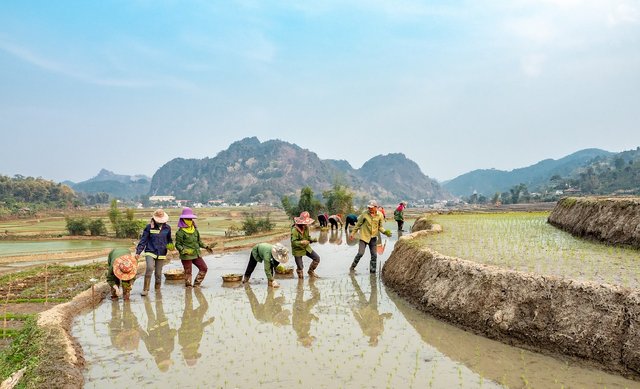
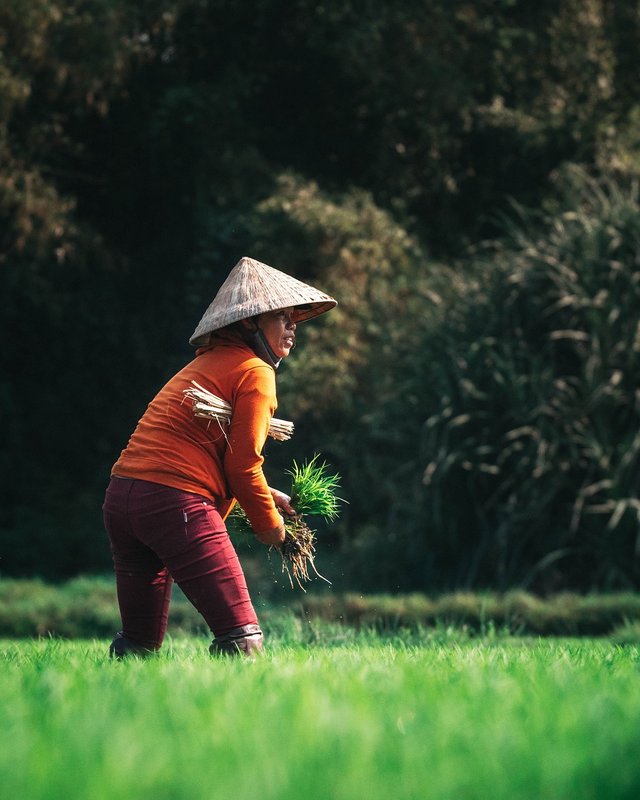
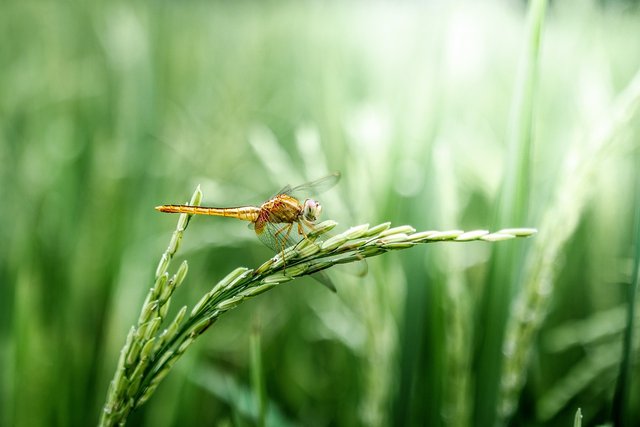

Observations and suggestions:
Cultivation with plow is very important for seedbed formation. Flatness of field is also important for seeding mam which you mentioned. Important topic high temperature decrease seed germination rate which makes your post important. Water amount is determined based on soil type. For example, if Basmati is cultivated in our country, less amount of irrigation water is required, ma'am. Bangladesh, India and Pakistan have the highest incidence of lift blight which sometimes causes up to 80-100% crop loss. After reading the post, I understand that you have a good idea about agriculture.
Feedback:
Thank you so much for valuable feedback and review.
welcome ma,am ❤️
This post has been upvoted/supported by Team 7 via @httr4life. Our team supports content that adds to the community.
Thank you for support.
Upvoted. Thank You for sending some of your rewards to @null. It will make Steem stronger.
Hi there! 🌾✨ I loved reading your details on rice cultivation! Your tips on seedbed preparation and the importance of timely planting are super helpful. 🌱💧 It's great that you’re also sharing strategies for pest management and post-harvest care! Keep up the amazing work, and I can’t wait to see more! 🙌❤️